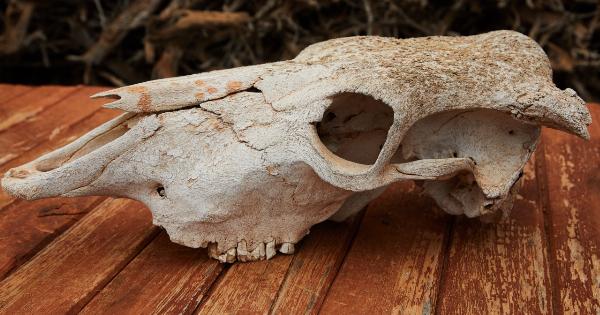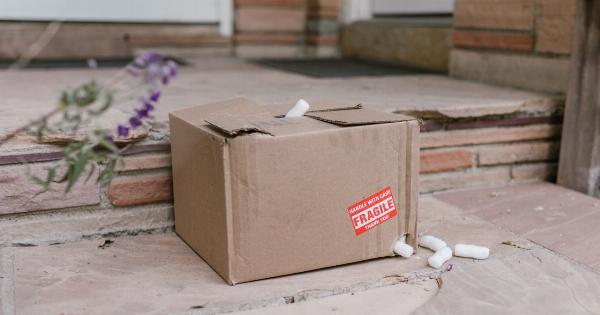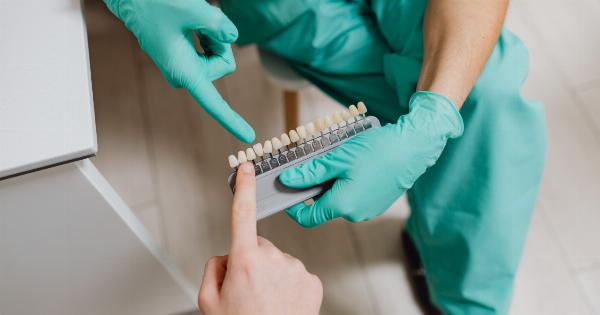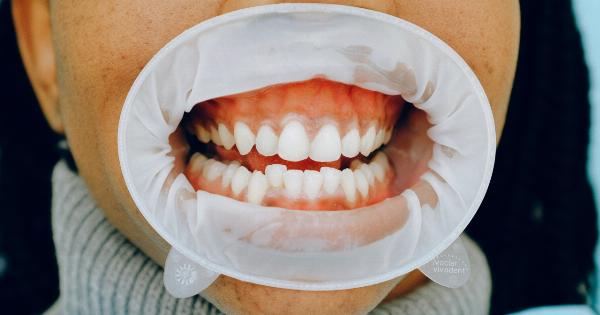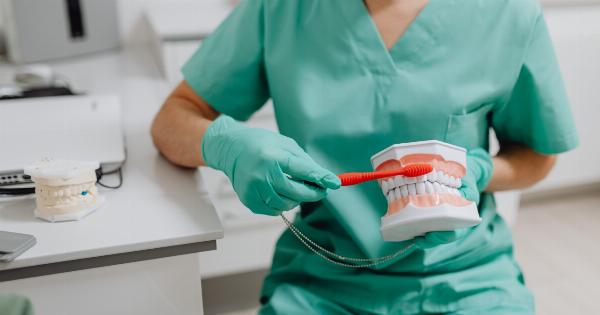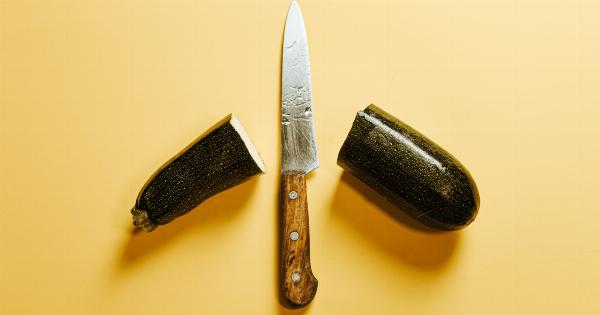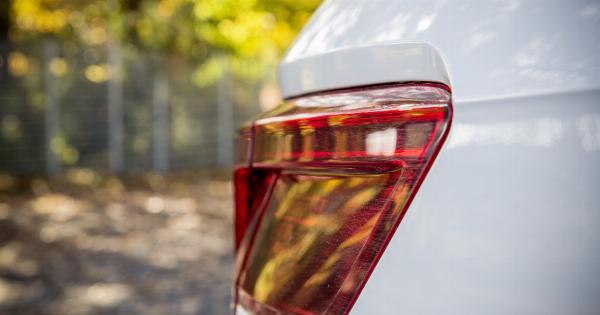Dealing with a dental emergency can be a daunting experience, especially if it occurs after regular office hours or when you are unable to see a dentist immediately.
Understanding how to manage dental emergencies before you can see a dentist can help alleviate pain and prevent further complications. In this article, we will explore some common dental emergencies and provide tips on how to handle them until you can receive professional dental care.
Toothache
One of the most common dental emergencies is a toothache. If you experience a severe toothache, start by rinsing your mouth with warm water to clean the area thoroughly.
Gently floss around the affected tooth to remove any food particles that may be causing irritation. Avoid placing aspirin on the tooth or gums, as this can cause tissue damage. Over-the-counter pain relievers can help manage the pain temporarily until you can see a dentist.
Knocked-Out Tooth
Having a tooth knocked out requires immediate action to increase the chances of saving the tooth. Hold the tooth by the crown and carefully rinse it with water without scrubbing or removing any tissue fragments.
If possible, try to reinsert the tooth into its socket and hold it in place by gently biting down on a clean gauze or cloth. If reinserting the tooth is not possible, place it in a container of milk or a dental solution to keep it moist. Contact your dentist immediately and try to see them within the next hour to maximize the chances of successful re-implantation.
Cracked or Broken Tooth
If you crack or break a tooth, rinse your mouth with warm water to clean the area. Apply a cold compress to the affected area to minimize swelling. Save any broken tooth fragments and rinse them with warm water.
Make an appointment with your dentist as soon as possible, and bring the broken fragments with you. Your dentist will assess the damage and determine the appropriate treatment, which may involve bonding, a crown, or root canal therapy.
Lost Filling or Crown
If a filling or crown comes out, carefully clean the affected tooth and try to place the restoration back in place temporarily.
You can use dental cement, available at most drugstores, to hold the crown or filling in place until you can see your dentist. Avoid using household adhesives or glues. Make an appointment with your dentist as soon as possible to have the restoration properly re-attached or replaced.
Objects Stuck Between Teeth
If you have something stuck between your teeth, try to remove it using dental floss. Gently and carefully guide the floss between your teeth, taking care not to injure your gums.
Never use sharp objects or excessive force to remove the stuck object, as it may cause further damage. If you are unable to remove the object, schedule an appointment with your dentist to have it safely removed.
Lost Dental Abscess
A dental abscess is a pus-filled swelling caused by a bacterial infection. If you suspect you have a dental abscess, rinse your mouth with warm saltwater to help draw out the infection.
Avoid using aspirin directly on the affected area, as it can damage the tissue. Contact your dentist immediately for proper diagnosis and treatment. Dental abscesses can lead to serious complications if left untreated.
Bleeding Gums
If your gums are bleeding, rinse your mouth with warm saltwater to cleanse the area. Gently apply pressure to the bleeding gums with a clean gauze or cloth to promote clotting.
Avoid vigorous brushing or flossing around the affected area until the bleeding subsides. If the bleeding persists or is accompanied by severe pain, contact your dentist as soon as possible.
Tongue or Lip Bites
If you accidentally bite your tongue or lip, clean the area with warm water and use a cold compress to reduce swelling. If bleeding is excessive, apply gentle pressure with a clean cloth or gauze.
If the bleeding does not stop within a reasonable time or is accompanied by severe pain, seek medical attention immediately.
Orthodontic Emergencies
If you wear braces or any other orthodontic appliance and experience a problem, such as a loose wire or a broken bracket, contact your orthodontist as soon as possible.
In the meantime, you can use orthodontic wax or sugar-free chewing gum to temporarily cover and protect the affected area. Avoid manipulating the wires or brackets yourself, as this can lead to further complications or damage.
Preventing Dental Emergencies
While it’s not always possible to prevent dental emergencies, there are steps you can take to reduce the risk:.
- Practice good oral hygiene by brushing your teeth twice a day and flossing regularly.
- Wear a mouthguard when participating in contact sports or any activity that may pose a risk to your teeth.
- Avoid chewing on hard objects such as ice, popcorn kernels, or pens.
- Visit your dentist regularly for check-ups and prompt treatment of any dental issues.
By following these preventive measures and knowing how to manage dental emergencies, you can protect your oral health and minimize the impact of unexpected dental problems.








